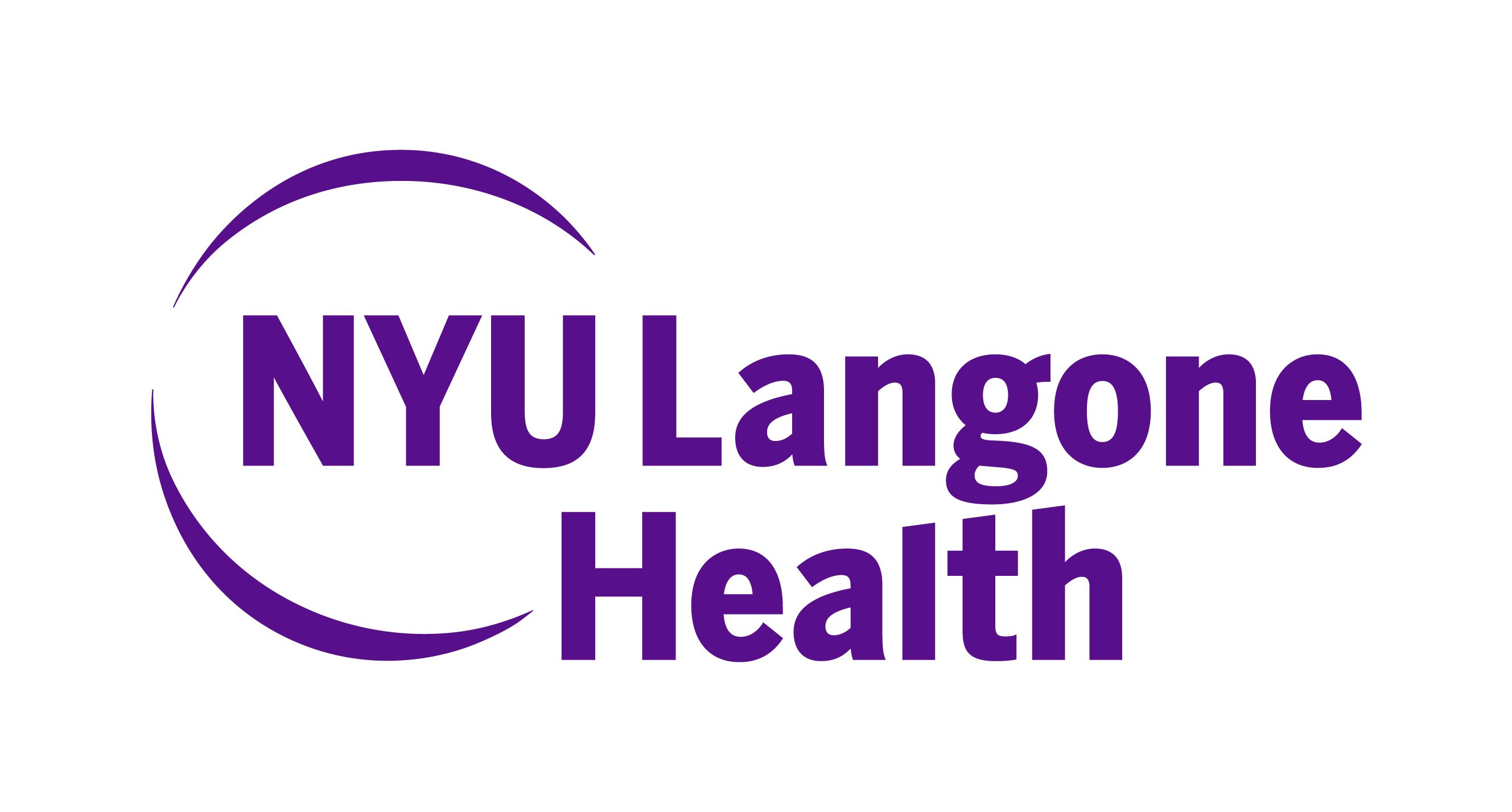
Jennifer Frontera, MD: Challenges in Determining Death Directly Related to COVID-19

The professor of neurology at the NYU Langone Grossman School of Medicine outlined the confusion on whether deaths are related to COVID-19, a symptom associated, or previously unidentified underlying condition.
"The normal number of people that die and the number of people that died during the COVID-19 surge were certainly different. When you can see that someone died of ARDS related to COVID, it’s easier to ascribe it to that factor.”
As the death toll in the United States has exceeded 200,000, many within the country have speculated the specifics of the count, and whether or not a patient’s death was directly caused by COVID-19 or an underlying symptom. Throughout the year, the data on the associations between the virus and neurologic symptoms have been well documented, with patients who contracted the virus showing slightly increased rates of stroke, encephalopathy, and hypoxic/ischemic injury, among others.
Despite the growing amount of research, questions remain about how COVID-19 affects specific pathologies within the brain. Determining cause of death can sometimes be easy if a patient has acute respiratory distress syndrome (ARDS), but other factors are not as clear cut, according to Jennifer Frontera, MD. Frontera, a professor of neurology at the NYU Langone Grossman School of Medicine, has served on the frontlines during the pandemic, and recently
There are a number of challenges clinicians face when determining whether a patient has died from the virus, a symptom associated, or something that may have been underlying prior to diagnosis. Frontera sat down with NeurologyLive to discuss these challenges, and why excess mortality serves as an important statistic when understanding the virus’s surge in particular cities.
Newsletter
Keep your finger on the pulse of neurology—subscribe to NeurologyLive for expert interviews, new data, and breakthrough treatment updates.


































